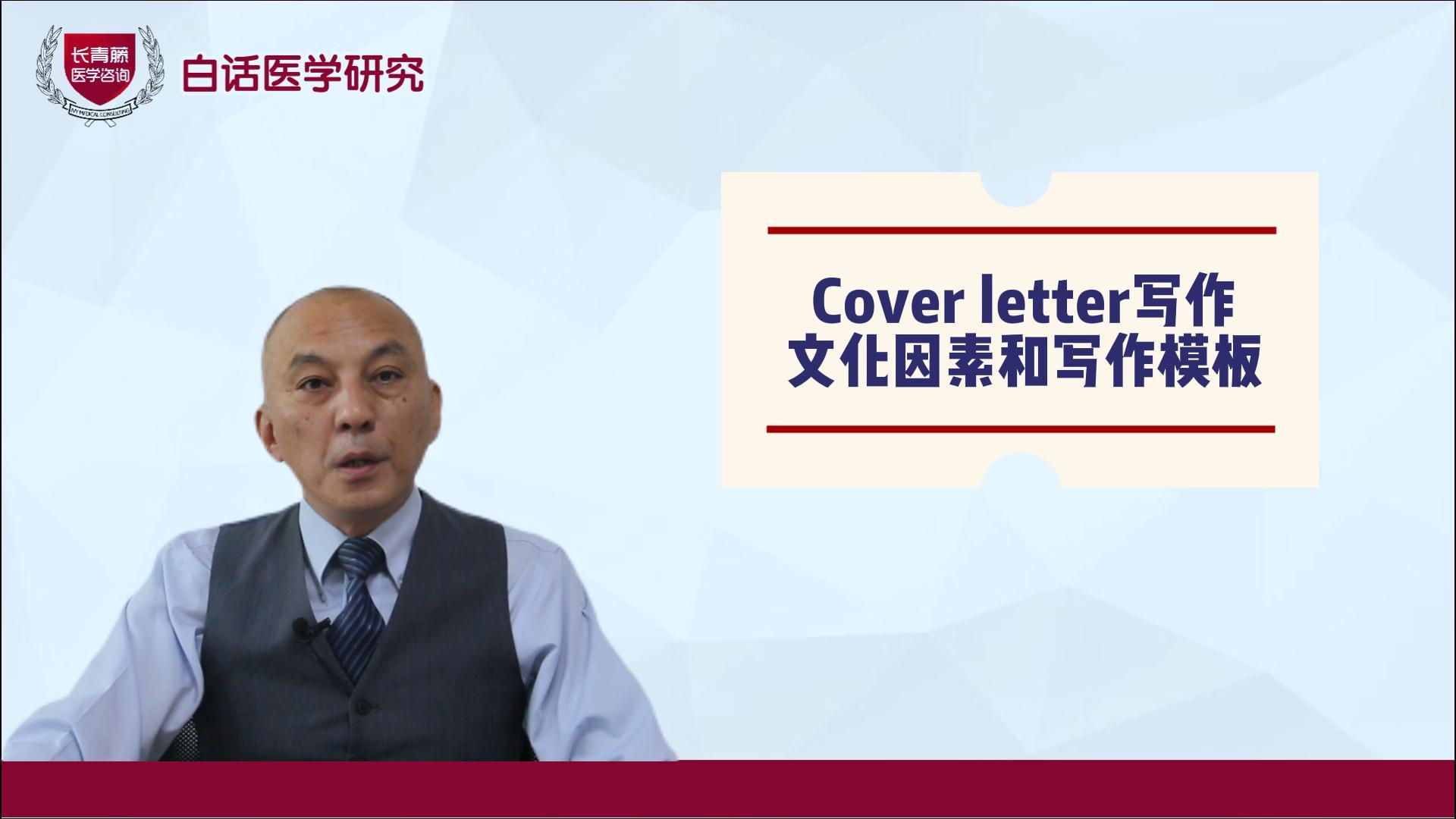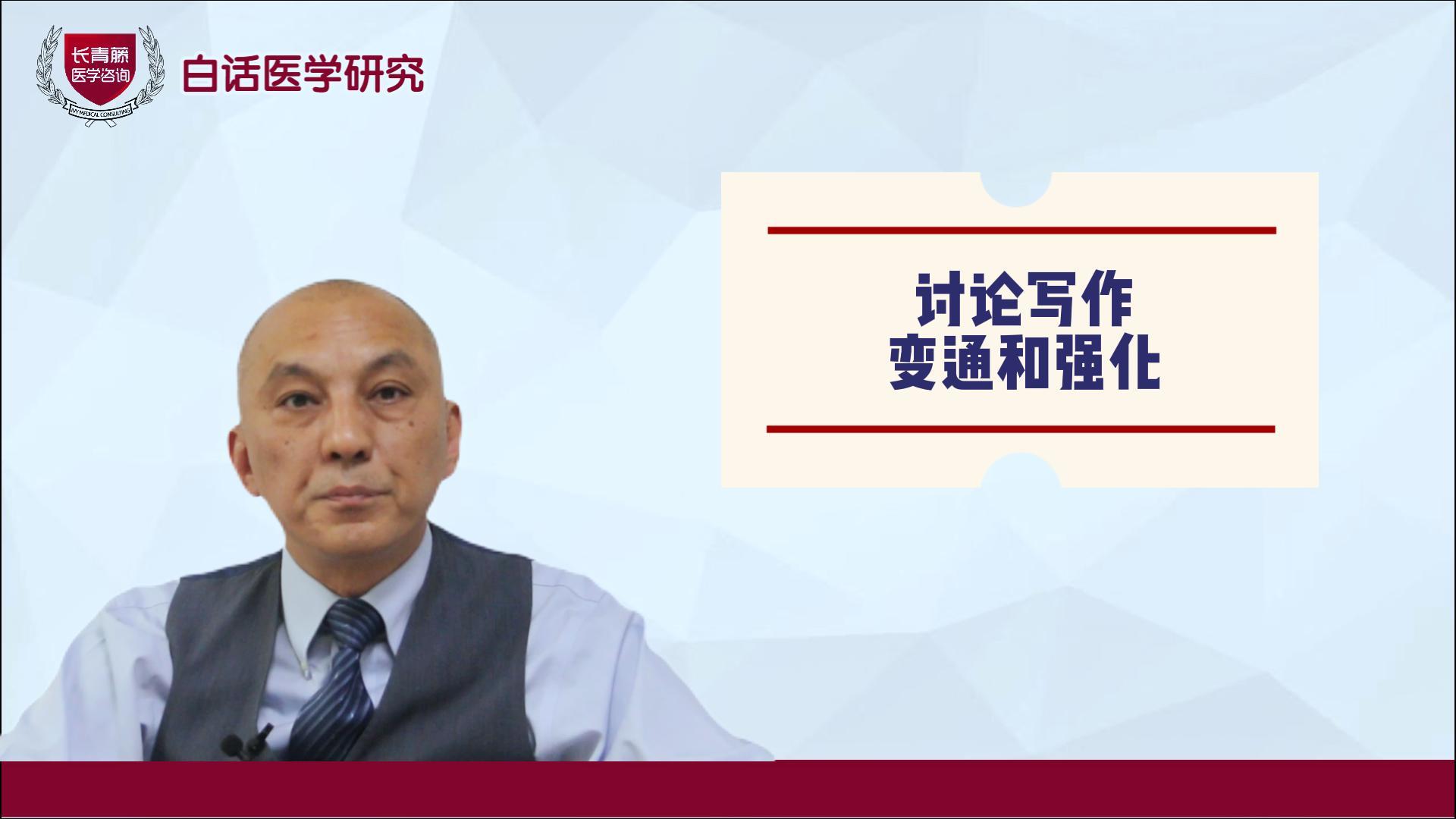1970-01-01

Dr. Dehmer: Well, I would be happy to do that. The 2007 document, it’s important to emphasize, was written at a much different time in the United States. In 2007, the existing guidelines for PCI specifically listed elective PCI without onsite surgery as a class 3 indication and to be specific, class 3 means, "Do not do this", in very simple terms. Despite that, there was a lot of information in 2007, when we wrote the first document about performing PCI without onsite surgery -- for example, PCI without onsite surgery was widely performed in many European countries with excellent results, and the Europeans in fact don’t make any big deal out of it. Back in 2007, there were a number of very prominent and well-respected institutions in the United States that were doing PCI without onsite surgery -- the Mayo Clinic, for example, Duke University, for example, had sites that were doing it, and were getting excellent results. Many practitioners, wanting to provide the best possible care for STEMI patients in their local communities, adopted programs to develop PCI without on-site surgery. Yet, in 2007, those same practitioners felt that they were out on a limb, and because the guidelines made it class 3, that somebody was out there sawing off a limb behind them, and they were going to get caught in a difficult situation, if, despite their best efforts, they had a bad outcome. So, it was many of the members of SCAI who came forward, and they asked society tao take a very seriously look at this. And I had the privilege of leading the group that took a look at it, and it led to the paper that was published in 2007.
So what’s different in 2014? Well, there’s quite a bit that’s different. A number of studies have been published. Since 2007, perhaps the two most notable studies were large, randomized studies that looked at performing elective PCI without onsite surgery. One of them was by Dr. Aversano and his colleagues. It was published in the New England Journals -- about 18,000 patients -- and they showed no difference in outcome; they showed no difference in the need for emergency surgery. There was a smaller trial, the MASS COMM trial, which just combined the state of Massachusetts, smaller numbers, but they reached the same conclusions. There were a number of trials that were published, and actually the guidelines are now different. The guidelines have upgraded elective PCI from a class 3 to a class 2b, and primary PCI from class 2b to class 2a.
So, those improvements, or those reclassifications led us to feel like we needed to update the document. There are actually about 9 different guidelines and statements from various organizations out there, so one of the goals of the new document was to consolidate all of that into one document, so that individuals engaged in this would not have to go to 9 different documents to get recommendations -- we put it all into place. That was part of the goals. We cite the new literature, we kind of bring all of those goals together, all of those operating instructions together, in one convenient source for practitioners. So that was one goal. And then we took a hard look at what the current state of PCI in the United States. So, the new document that we published in 2014 does several things. It reviews all the current literature that has accumulated since 2007, and we try to summarize all of the various recommendations from different professional societies about the performance of PCI without onsite surgery. So, physicians that are doing this or who are running laboratories, don’t have to look at multiple different documents. They can just go to one source and find everything that they need.
And the last thing is that we take a good look at the current status of performing PCIs without onsite surgery, because, in the United States, there have been several studies -- 3 -- that have looked at the distribution of these services, and have shown that despite building a lot more cardiac cath labs, it is not really providing dramatically improved access to PCI facilities. In fact, one study suggested that PCI facilities are being built where they’re least needed -- that is, they are clustered around existing facilities. They are not in areas that really do need facilities.
《国际循环》:稳定型冠心病患者应采取怎样的PCI策略?对他们实施PCI的获益及生存率如何?
Dehmer博士:共识中的很多推荐都是以大量的文献证据为基础的。但不幸的是,就某些领域或问题而言,尚没有充足的数据来确定怎样做才是对患者最好的,这时就需要临床医生自己进行判断。一些称之为适用标准的文件或多或少地能帮助临床医生做出治疗决策。
就适用标准而言,首先需要区分的就是稳定型冠心病与不稳定型冠心病。因为不论是手术治疗还是PCI,对不稳定型冠心病患者的应用证据明确。但对稳定性心绞痛患者而言,需要根据五方面的情况决定:①患者的症状轻重,②患者正在应用的药物,③是否进行了非侵入性检查、运动平板试验及放射学检查,④缺血的程度,⑤解剖学检查结果。显然在上述几方面的情况中,与其他相比,解剖学检查结果对是否进行血运重建的最具指导意义。综上,临床为稳定型冠心病患者制定治疗方案时需要考虑上述因素。
我还是认为,所有的指南或共识只是提供指导并不会完全告诉医生应该怎么做,临床实践中具体的治疗选择还是要医生、患者及其家庭尊重患者的个人意愿来选择。每个患者都有自身特点,所以我们需要考虑患者的多种情况选择并制定最合适患者的治疗方案。
Dr. Dehmer: A lot of these recommendations come forth from our guidelines, which are developed based on the best possible literature that’s out there. Unfortunately, there’s a lot of situations where there are just not enough data to know exactly what’s the right thing to do for the patient, and that’s where the judgment of the practitioner needs to come in. There’s another series of documents called the appropriate use criteria, which are developed more or less to further help the clinician make these decisions and help inform patients about that. So, if you look at what the appropriate use criteria -- probably the first big fork in the road, or dividing point, is patients that have stable syndrome, versus an unstable syndrome. Because in unstable syndromes, I think the data is fairly strong. Some type of intervention, whether surgical or PCI is deemed as being appropriate. For stable angina, there are usually about 5 things you look at -- 1 is the level of their symptoms -- "Is it mild or is it severe?" You look at the medicines that they are on -- if they have non-invasive studies, treadmill tests, nuclear studies, those kinds of things, "Can you quantify the level of ischemia that’s present?" And you look at the anatomy that a person has. Obviously, some anatomic situations are more compelling for revascularization than others. Those are all factors to be considered, but all the documents notwithstanding, they provide guidance, but they don’t absolutely tell you what to do -- that has still has to be based on the individual physician, the patient, and their family -- and then blending the science that we know with the personal preferences of the patient. All patients are not alike, so you kind of have to weave that into the whole mix of trying to decide what’s best for the patient.
《国际循环》:今天,我们非常有幸在ACC 2014的现场采访到Gregory Dehmer博士。我们想与Dehmer博士探讨的第一个问题是有关最新发布的SCAI/ACC/AHA无现场外科手术支持的经皮冠状动脉介入专家共识。作为该共识的第一作者,请您简要介绍一下,与2007版相比,新共识作了哪些主要更新或修改?
Dehmer博士:早年很多医务人员希望为当地的ST段抬高心肌梗死患者提供最佳的管理,因而支持在无现场外科手术支持的情况下实施PCI。但2007年时,虽然希望在无现场外科手术支持情况下开展PCI,但当时指南仅将其作为3级推荐,因此,就是否在无外科手术支持的情况下实施PCI还处于两难境地。也就是说,虽然当时大家为患者做了最大的努力,但是结局并不好。这时SCAI的委员们要求学会认真探讨这一问题。为此,我被授权组成专门的工作组,最终编写和发布了2007版的共识。
2014年共识与2007年有很大不同。2007年之后学界发表了很多研究,其中有两项最著名的大型随机研究,探讨了在无外科手术支持的条件下行择期PCI的可行性。其中一项研究是由Aversano T团队开展的的亚特兰大 CPORT研究,结果发表在《新英格兰杂志》上。该研究共计入选约1.8万例患者,结果显示,试验组与对照组患者的临床结局尤其是需要紧急手术治疗的发生率并无显著差异。另有一项小样本试验--MASS COMM试验也得出了相同的结论。还有很多已经发表的相关试验,这些数据推动了2007版共识的更新。2014相关指南将择期PCI的推荐等级从Ⅲ级上调到了Ⅱb,将直接PCI的推荐等级从Ⅱb上调到了Ⅱa。
实际上,目前各学术组织已经制定了9项相关指南及共识,我们在编写这份新共识时专家组回顾了2007年以来的所有相关文献,尽可能地将所有指南中的推荐目标、操作说明整合在一起,这一举措为正在无外科手术支持下行PCI的医生或正在开展这项工作的导管室医生提供更便捷的参考,他们无需阅读很多个相关指南和文件,只需阅读这一份共识就可以从中找到他们需要的任何临床建议。
有研究表明,PCI设施目前主要还是集中在现有设施的周围,并没有建立在真正需要的地方。在美国有几项研究探讨了能提供这种治疗的医院的分布情况并发现“尽管美国建立了很多的心导管室,但PCI设施的建设情况并没有得到显著的改善”。对此,新共识对美国目前无外科手术支持下的PCI的应用现状进行了客观分析。
Dr. Dehmer: So, angioplasty and the whole field of interventional cardiology is fairly new. It started about 30~40 years ago, I believe. There’s no question that it’s had a very brisk trajectory of uptake in terms of its use, but at least data from the United States, since about 2007, there’s actually been a decline in the use of PCI. There’s a number of things that have led to that. One is a very major study that you could characterize as a shot across the bow, perhaps, and that was the Courage trial. When it came out, it reminded everybody that actually medical therapy is pretty good for people with coronary disease. One of the things that has happened, as Mark Twain, one of our great philosophers, is known for this: "For the man who has a hammer, everything looks like a nail". There’s a lot going on in the U.S. about how we are trying to transform our healthcare system. It has been a healthcare system where physicians have often been financially incentivized to do more -- that is, the more procedures you do, the more scans you, the more surgeries you do, the more gallbladders you take out, the more angioplasties you do, whatever -- the better the compensation is -- because you’re kind of paid like the more you do, the more you get. That may not be the best incentive, moving forward. Now, people are much more diligent about trying to do the right thing for the right patient at the right time -- that’s an expression that’s being used a lot these days. As a result of that, I think the use of angioplasty has gone down. You’re absolutely correct to point out, and I’m embarrassed to agree with you that there have been some egregious cases that have received a lot of attention in the lay press. I think I’m firmly committed that every distribution, the individuals where that’s been alleged, are on the far end of the bell shaped curve, and do not characterize the majority of physicians in this country who really try to do the right thing for their patients every single day. Sadly, those kinds of abuses do exist. They exist in many other professions besides cardiology. It is a wakeup call when these things happen.
《国际循环》:随着PCI的应用越来越多,出现了支架的过度使用问题。有些发展中国家PCI的应用不断增多,但是对它们及其医疗系统来说如何整合并合理应用PCI是一个极大的难题。如何能确保这些干预措施能得到合理的应用最终使患者获益,并促进整个医疗体系的健康发展?
Dehmer博士:血管成形术及整个介入心脏病学都是新兴的领域,大约始于三、四十年前。毫无疑问,介入心脏病学发展非常快速,并得到广泛应用。但从美国的数据来看,自2007年开始PCI的应用率已经下降。这主要归因于以下两方面的原因。其一,COURAGE研究提醒临床,药物对冠心病的疗效还是相当不错的。其二,人们更希望能在恰当的时间为适宜的患者提供正确的治疗,这是这几天来大家都在强调和表达的一种意愿。
伟大的哲学家马克吐温的一句话即“对拥有锤子的人来说一切看起来都像钉子”,形象地展示了目前PCI应用中所存在的问题。因为我们也在积极努力地改变美国的医疗卫生系统。医疗卫生系统的奖励机制一直在不断激励着医生开展更多的PCI治疗、影像学检查和更多的手术,因为做得越多,医生才能得到更多的回报。实际上这并不是一种最好的激励机制和发展模式。但是,我坚信那些被指控的医生仅仅是少数,并不能代表大多数的医生。因为大多数医生还是每天都坚持为患者提供最佳的服务。
Dr. Dehmer: I’m old enough to remember the American Heart Association meeting that had Dr. Andreas Gruentzig, up in the front of the room, his presenting his very first experiences with balloon angioplasty, and half the room, when he was all done, got up and gave him a standing ovation, because they thought it was just brilliant. And the other half of the room thought he was just crazy. And look at where we have gone in just a little over thirty years, with the technique of coronary intervention. I think we’ve learned a lot -- nobody has gotten up, and thought that the physicians who are leading the charge on TAVR are crazy, but even five years ago, who would have thought you could have replaced someone’s aortic valve without surgery? Yet, now we are doing it. We are doing it at my institution. Now there’s two valves that are approved in this country for use. The technology, I think, is going to continue to advance. You mentioned that there was a valve in China that has been developed. There are several that have been developed in the European countries. I think the technology is going to get better and better. I would venture to say that now is probably not going to be a good time to think about being a heart surgeon, because the scope of what you do is going to be gradually narrowed. So, I think we are just in the beginning of the whole area of structural heart disease, and the percutaneous treatment of structural heart disease. It’s like, who would have thought we were going to be doing coronary interventions from the radial artery? And now they’re done commonly, and there are many advantages. I’d even go out on a limb, and say, we’ll be putting in heart valves through your radial artery. Who knows? The future is limitless.
《国际循环》:经导管主动脉瓣置换术(TAVR)是心脏病学一个飞速发展的领域,您如何看待TAVR的发展及前景?
Dehmer博士:冠状动脉介入技术已经经历了30多年的发展,期间医生们学到了很多知识和技术。因此,当TAVR出现时人们不会过于惊讶,即使是5年前认为只能采用外科手术进行主动脉置换的医生也不会认为TAVR过于新潮。我认为,这项技术还有待于进一步发展与进步。目前,在美国获批可用于实施TAVR的瓣膜有两种,中国研发了国产瓣膜,欧洲国家也研发了几种相应的瓣膜,因此这项技术将会越来越完善。但是,目前该技术尚不能代替外科手术治疗,因为目前TAVR的适应证还相对局限,在结构性心脏病治疗领域中还处于刚刚开始的起步阶段,但我相信未来TAVR的前途不可限量。
百度浏览 来源 : 国际循环
版权声明:本网站所有注明来源“医微客”的文字、图片和音视频资料,版权均属于医微客所有,非经授权,任何媒体、网站或个人不得转载,授权转载时须注明来源:”医微客”。本网所有转载文章系出于传递更多信息之目的,且明确注明来源和作者,转载仅作观点分享,版权归原作者所有。不希望被转载的媒体或个人可与我们联系,我们将立即进行删除处理。 本站拥有对此声明的最终解释权。




发表评论
注册或登后即可发表评论
登录注册
全部评论(0)